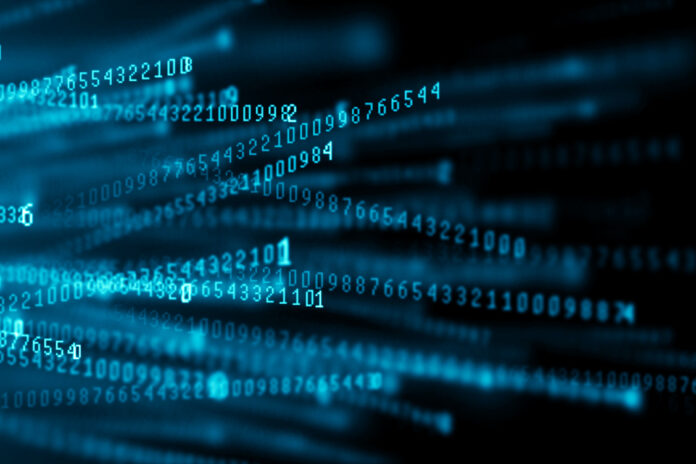There have been many forces that have shaped the world since human history.
Developments such as the invention of fire, steam engines and electricity are the greatest examples of this shaping power. In recent times, the concept of power has evolved in a very different direction.
It has moved from muscle power to mechanization, and from mechanization to data-based.
We are in a data-based era called Industry 4.0, where data is everything. The most important concept of this period is “Big Data”. Let’s consider big data in more detail.
What is Big Data?
Big data is data made meaningful. Data is analyzed, classified, processed, and thus turns into usable information resources in a meaningful form, rather than as a pile of data.
Data becomes Big Data in three stages;
- Merging: In this stage, data from many sources are brought together.
- Managing: It is the stage of managing the data. When it comes to big data, there shouldn’t be a few documents that come to your mind. It is millions of data from hundreds of sources. Such a large amount of data needs to be stored. Companies solve this process internally or by using the cloud. Nowadays, there are people who store in both ways.
- Analyze: Any data that is not analyzed has no meaning. Just storing data does not make it meaningful. For this reason, it is the most important analysis step of big data.
What are the Basic Features of Big Data?
Big data consists of five main components. These can be listed as follows:
- Volume: The term used for the amount of data. This amount of data increases and decreases depending on the data processed.
- Velocity: The time it takes to receive and process data is called speed. The higher the speed rating, the more valuable it is. The reason why there are many devices working with real-time speed today is that speed is an important component.
- Variety: Having more than one data type is an example of diversity. For example, a text and a voice are two data types.
- Verification: It is a term that has emerged recently and refers to data security. In line with this term, issues such as who can view and process the data and the accuracy of the data are discussed.
- Value: Data is as valuable as it is meaningful. Valuable data also adds value to the organization. Unnecessary data stacks that do not meet the needs of the institution are worthless.
Why is Big Data Important?
Data is of irreplaceable importance today. The importance of data cannot be ignored in every sector, from tourism to industry, from education to health. Industry 4.0 and before had a business-oriented order, not a consumer-oriented one.
There was a product produced in line with this order and this product was sold. Production of the product should be increased or decreased in line with demand.
However, today there is great competition in every field, so it has become important not to produce products but to produce the product according to consumer demands.
It has become important to understand the consumer, learn their likes, find their needs and the times they may need them. We can consider it with an example.
Let’s say you want to buy a dress. You only looked at one dress on the website. The system detects this and brings the dress to you.
Let’s say you did a search on diapers, food, and baby clothes. The system detects that you are a parent and shows you more baby products. These examples constitute only a small portion of the big data.
Big Data Technologies and Data Analytics
There are various technologies and tools developed to easily manage the analysis of big data. Some of these tools and technologies are:
- Hadoop: It is an open source platform for storing and processing big data.
- Spark: It is a data processing engine that facilitates the processing of big data in real time. It works much faster than the Hadoop platform.
- NoSQL Databases: Used to store and manage unstructured data.
- Data Mining and Machine Learning: Methods used in big data analytics include data mining and machine learning. These techniques are used to discover patterns and relationships in data sets.
- Visual Analytics Tools: These are tools used to understand data analysis visually. Tableau and Power BI are examples of visual analytics tools.
What are the Usage Areas of Big Data?
Big data is used in every field today. There is huge data, from the phones you have to the devices used in the industrial sector.
The simplest example is actually not far away, but inside your homes. When we get into the vehicle, we show you the existence of smart devices that ventilate the house and adjust the temperature before reaching your home.
Examples of usage areas include automatically turning on the light when we enter the house, and smart robot vacuum cleaners mapping and cleaning every area of the house.
Big data has a very important place to make your work easier both in your daily life and in your business life.
As technology gradually develops and expands, it is likely that there will be an increase in its usage areas.


